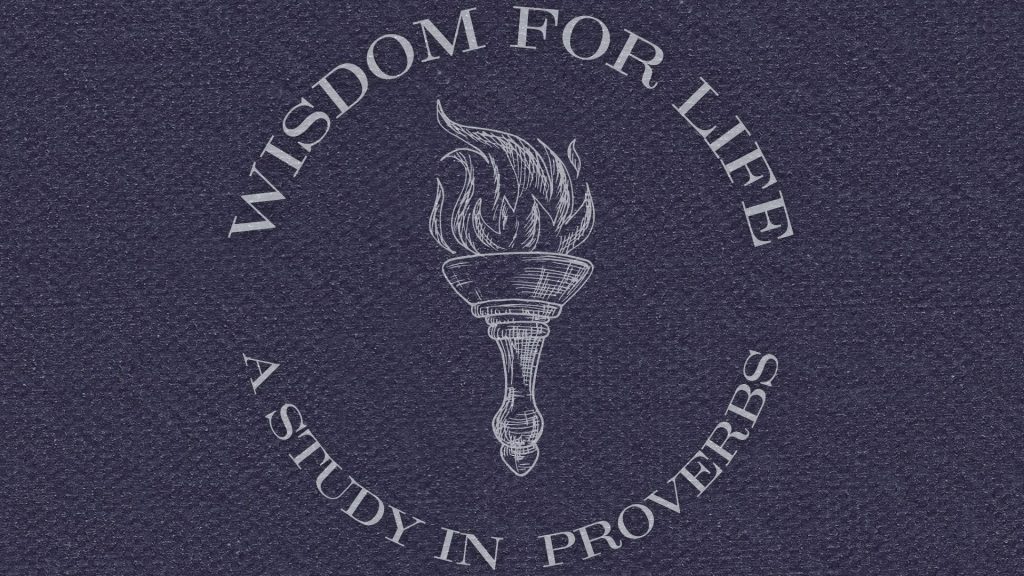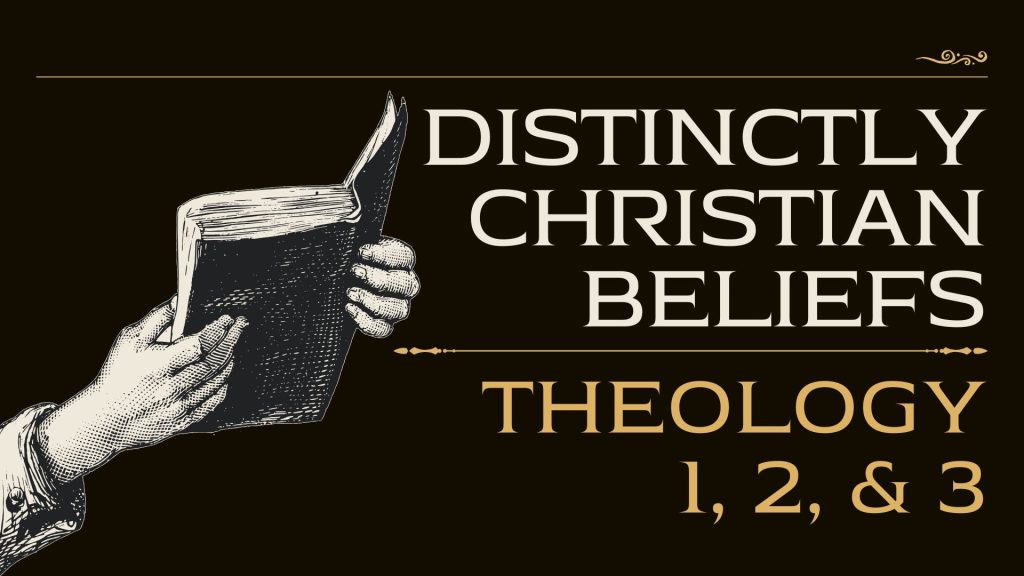
LAST WEEK’S SERMON

FEATURED SERMON SERIES
EQUIPPING COURSES
CHURCH-WIDE BIBLE READING PLAN

METHODS TO USE WHILE JOURNALING
H.E.A.R. METHOD
H – HIGHLIGHT
At the top left-hand corner write the letter H. After reading the assigned passage, highlight the verses or details within verses that speak to you and copy them under the letter H. This does not need to be more than two or three verses, but record what you wish. Take time to be still and listen. To help with this, read the passage more than once.
E – EXPLAIN
At this stage you will explain what the text means in your own words. Here are some simple questions that will help you better understand the meaning of a passage or verse along with the Holy Spirit’s guidance:
– Why was this written?
– To whom was it originally written?
– How does this text fit with the verses before and after it?
– Why did the Holy Spirit include this passage in the book?
– What does the Holy Spirit intend to communicate through this text?
A – APPLY
Application is the heart of this process. Everything you have done so far culminates under this heading. Once again, it’s important to be still and listen. Here are some questions to guide you through this
step:
– What does this text teach me about God or humanity?
– What does this passage mean today?
– What would the application of this passage look like in my life?
– Does the text identify an action or attitude to avoid or embrace?
– What is God saying to me through His Word?
R – RESPOND IN PRAYER
Your response to the passage may take on many forms. You may write a call to action. You may describe how you will be different because of what God has said to you through His Word. You may indicate what you are going to do because of what you have learned. You may respond by writing out a prayer to God. For example, you may ask God to help you to be more loving or to give you a desire to give more generously. Keep in mind the goal is not only to know something new about God and His ways, but to respond appropriately to what He has revealed to us. This is how spiritual growth and transformation take place.
SAMPLE H.E.A.R. JOURNAL ENTRY
Read: Philippians 4:10-13
Date: 6/11/2025
Title: Secret of Contentment (fill this in last)
H (Highlight)
“I can do all things through Christ who strengthens me.”
Philippians 4:13
E (Explain)
Paul was telling the church at Philippi that he has discovered the secret of contentment. No matter the situation in Paul’s life, he realized that Christ was all he needed, and Christ was the one who strengthened him to persevere through difficult times.
A (Apply)
In my life, I will experience many ups and downs. My contentment is not found in circumstances. Rather, it is based on my relationship with Jesus Christ. Only Jesus gives me the strength I need to be content in every circumstance of life.
R (Respond)
Lord Jesus, please help me as I strive to be content in You. Through Your strength, I can make it through any situation I must face.
Additional Resources:
The Bible Project
Be sure to check out the overview videos of each book of the Bible.
Church Center App
Find a Grow group, give, register for events, & check-in your kids all in one place! This resource is updated regularly so staying in-the-know is simple & easy!
Knowing God | J.I. Packer (Book)
A great read for those who may be looking for a helpful dive into the fundamental doctrines of God. Available online.
Before You Open Your Bible: Nine Heart Postures for Approaching God’s Word, by Matt Smethurst (Book)
If we’re honest, the Bible often intimidates us, confuses us, and reading it doesn’t always thrill us. And yet, the Bible is where God reveals his loving character and incredible plan of redemption. In a practical and engaging manner, Matt Smethurst presents nine heart postures that will prepare you to unpack all that’s awaiting you in God’s Word.
Also… Be sure to periodically check out our resource table at Faith for more great resources!






